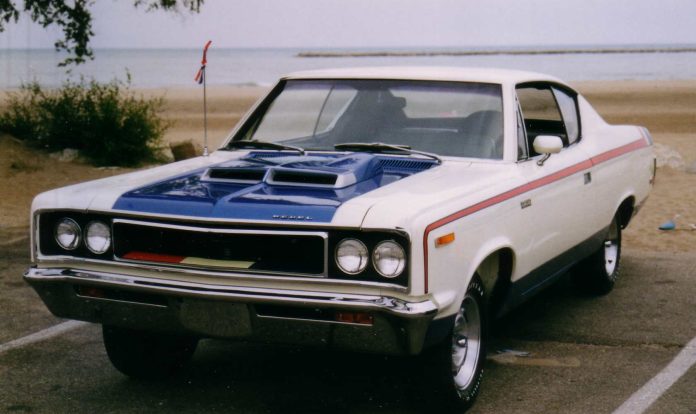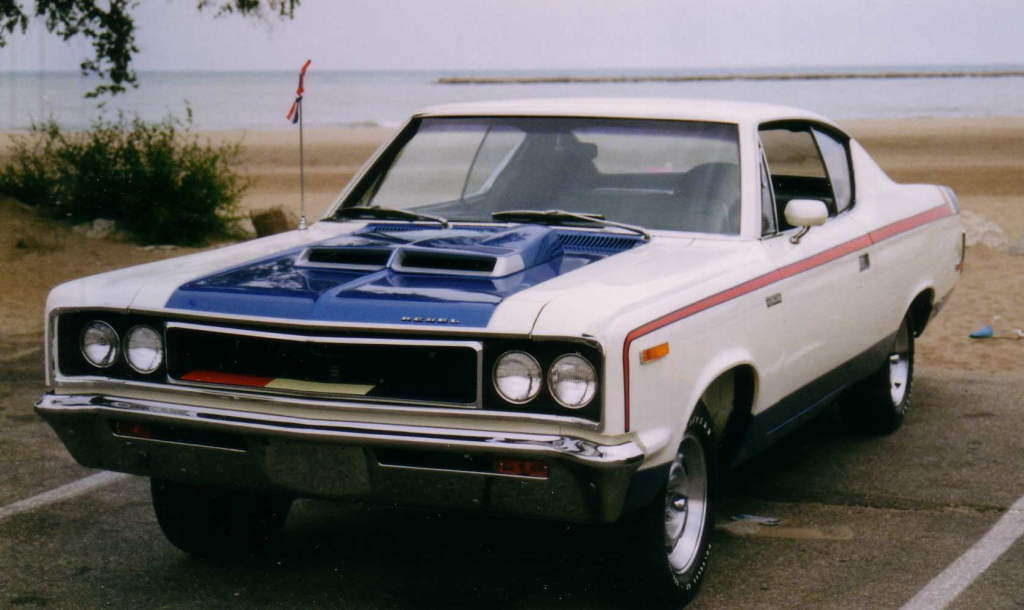
Who’s claiming the 1970s consisted of gas rationing and disco? For a short, rage-filled flash, Detroit was in overdrive, cranking out machines that prioritized horses over sense. These weren’t automobiles these were declarations, rolling tributes to engineering hubris before regulations and oil embargoes brought the company back to normal.
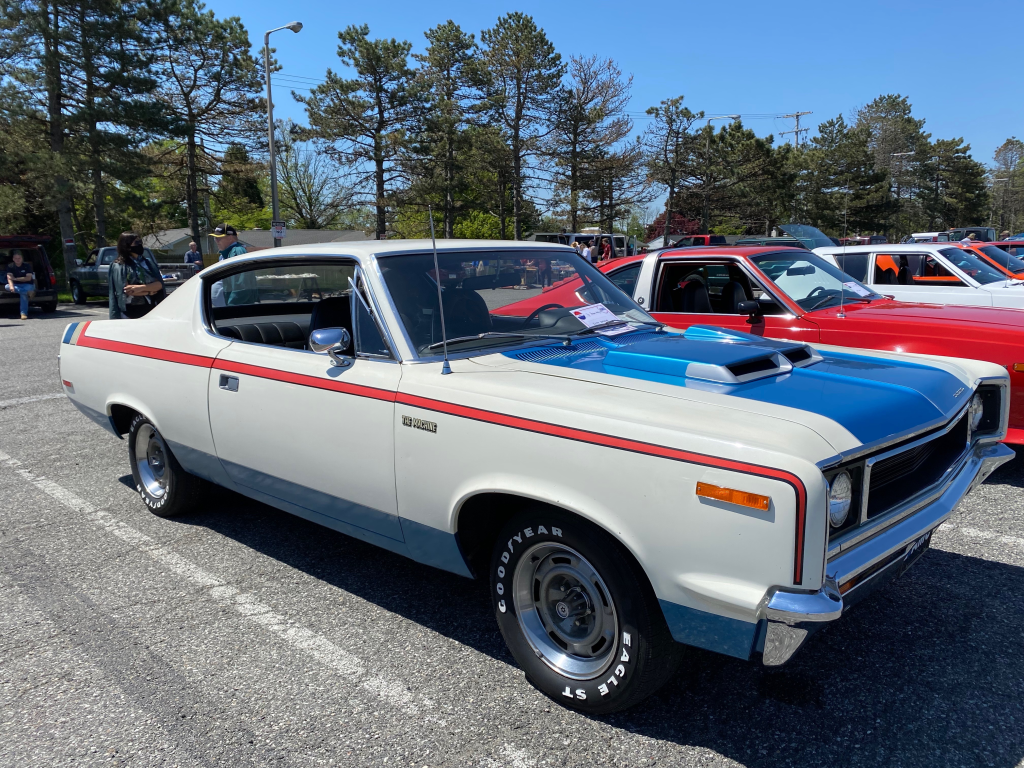
At the dawn of the decade, the American auto manufacturers were in a cubic-inch and quarter-mile race. The insurance premiums, emissions regulations, and 1973 oil embargo would later put the handbrake on this golden age. But prior thereto, some models were the summits of unbridled performance vehicles which still boggle, and in many instances astronomical auction results, today. Here are seven of the greatest-horsepower 1970s muscle cars, each with its own mix of engineering expertise, styling bluster, and lasting legend.
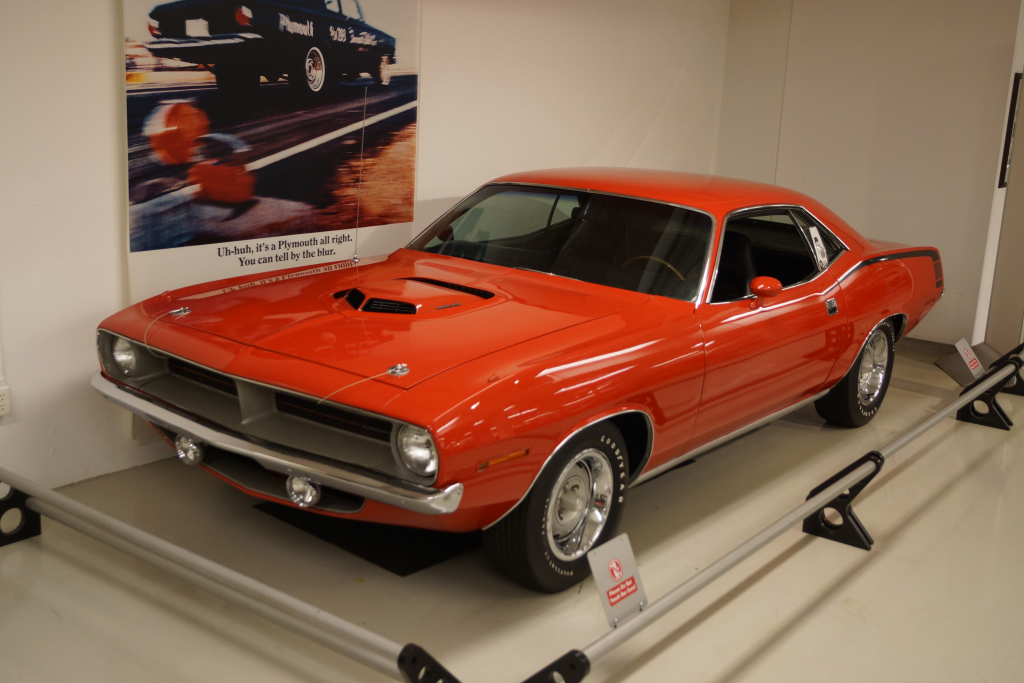
1. Plymouth HEMI ‘Cuda: The Apex Predator
In 1970 and 1971, Plymouth made the HEMI ‘Cuda, a brief but legendary Barracuda iteration on Chrysler’s E-body frame. Its basis was the 426 cubic-inch HEMI V8, modestly rated at 425 horsepower and 490 lb-ft of torque. Its hemispherical combustion chamber design, borrowed from WWII aeronautical engines, provided better air movement and high-speed breathing.
Production figures were small fewer than 800 HEMI-powered Barracudas were produced in each model year, and fewer than 300 in 1971. An example even raced in Scandinavian motorsport, indicating its applicability away from US drag strips. At 0–60 mph in 5.5 seconds and quarter-mile in about 13.5, it was one of the quickest street cars of the time. Today, restored versions of the same numbers are regularly commanding over half a million dollars, a testament to their scarcity and performance heritage.
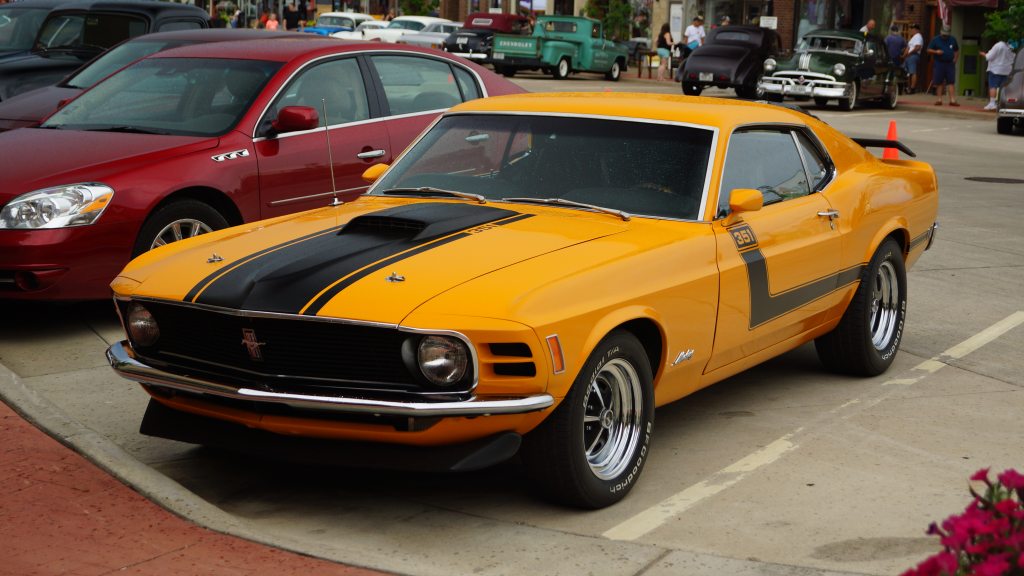
2. Ford Mustang Boss 351: The High-Revving Swan Song
The 1971 Boss 351 was Ford’s farewell to its high-performance, first-generation Mustangs. It featured a 351 Cleveland V8 with solid lifters, aluminum induction, and four-barrel carburetor specifically designed for it, producing 330 horsepower and 370 lb-ft of torque. All Boss 351s were equipped with 3.91:1 Traction-Lok gearing, contributing to its fireworks-like acceleration 0–60 mph in 5.7 seconds and the quarter-mile in 13.6, as recorded in contemporary literature.
It wasn’t strictly a straight-line speed story. Ford received a racing suspension and staggered rear shocks to absorb wheel hop, a quick-ratio transmission, and power front discs. Cosmetically, NACA hood scoops, blackout trim, and low-key badging said it all without braggadocio. Just 1,806 were made, all SportsRoof fastbacks, making it an uncommon and highly coveted gem in Mustang lore.
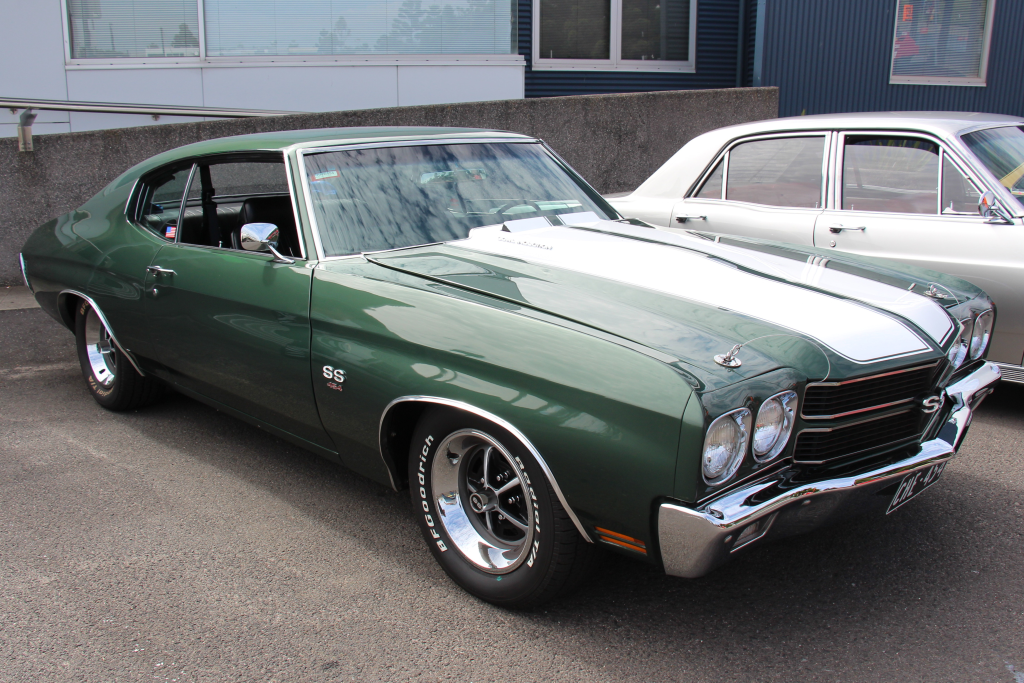
3. Chevrolet Chevelle SS 454 LS6: The Big-Block Benchmark
The 1970 Chevelle SS 454 LS6 is still one of the greatest production vehicles to ever leave the Detroit assembly lines. Its 454 cubic-inch V8, with 11.25:1 compression, rectangular-port heads, solid lifter camshaft, and 800 CFM Holley carburetor, was technically rated at 450 horsepower and 500 lb-ft of torque. Everyone thinks these ratings were conservative to appease insurers.
Quarter-mile times below 13 seconds were from LS6 Chevelles, faster even than some Mopar HEMIs. The styling was aggressive but conservative twin stripes, SS emblems, and a blacked-out grille. Just 4,475 LS6-powered Chevelles were produced, and the engine was available for just a single model year, so it is a blue-chip collector’s item, selling at auction for six figures.
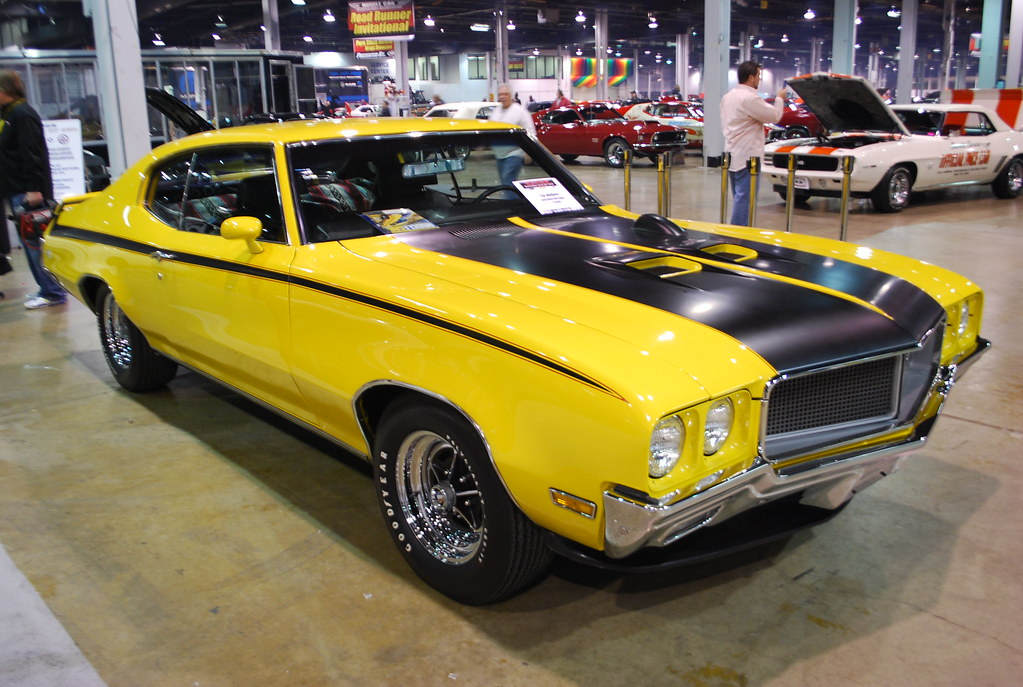
4. Buick GSX Stage 1: Torque with a Touch of Class
The 1970 Buick GSX Stage 1 demonstrated the company’s ability to merge muscle and refinement. Its 455 cubic-inch V8 pumped out 360 horsepower and a whopping 510 lb-ft of torque, a record that held in America until 2003. The Stage 1 package included bigger valves, a more aggressive camshaft, and a re-map carburetor, which produced 13.4-second quarter-mile runs.
Available only in Saturn Yellow or Apollo White with aggressive striping, the GSX combined visual pizzazz with comfort-biased suspension tuning. Just 678 were produced, each documented with a special warranty manual. To collectors, its rarity, acceleration, and Buick’s luxury tendencies make it a standout of the era.
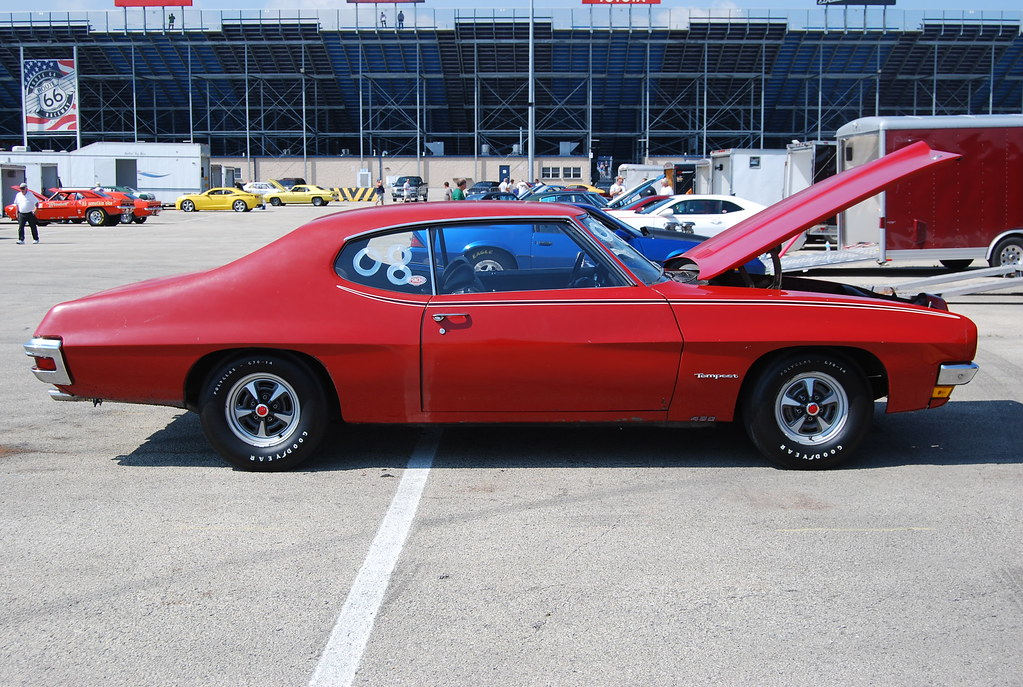
5. Pontiac GT-37: The Budget Sleeper
Mid-1970 brought the no-frills, high-power GT-37 GTO. With the L78 400-cubic-inch V8 engine as an option, it would deliver 330 horsepower and 445 lb-ft of torque, sufficient for low-14-second quarter-mile performance. The 455 HO high-output engine carried things further.
Styling was restrained dual-scoop hood, Rally II wheels, and scant badging so it was actually a sleeper. A total of 54 GT-37s were made in 1971 with the LS5 455 HO, and 15 with the L75 455, so it is highly collectible. These days, it seems to attract enthusiasts who value performance but don’t mind not paying a premium to own a GTO badge.
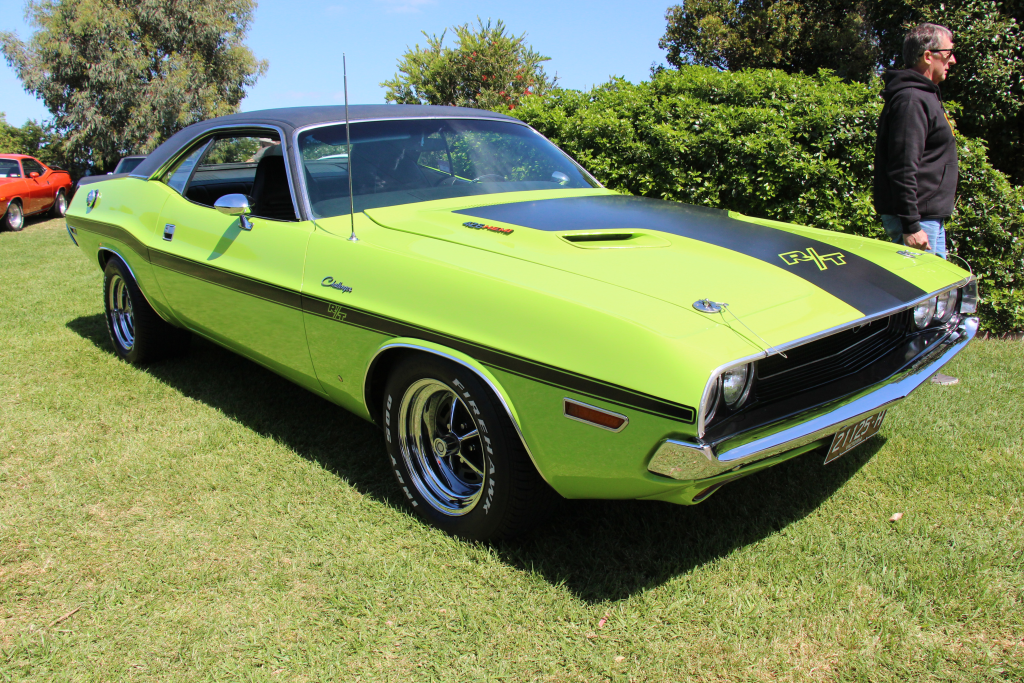
6. Dodge Challenger R/T 426 HEMI: Mopar’s Street Brawler
Introduced in 1970 as a competitor in the pony car category, the Challenger R/T was available with the powerful 426 HEMI V8. Equipped with twin four-barrel carburetors, solid lifters, and a competition cam, it pumped out 425 horsepower and 490 lb-ft of torque. Quarter-mile runs were just at the top side of 13 seconds.
Buyers could choose aggressive paint, stripes, and the classic “Shaker” hood, which flexed with engine movement. Inside, high-back buckets and a Rallye instrument panel substantiated its performance goal. With some 19,000 R/Ts sold in 1970 only a few with the HEMI the model is a Mopar legend, cherished for its blend of beauty and raw energy.
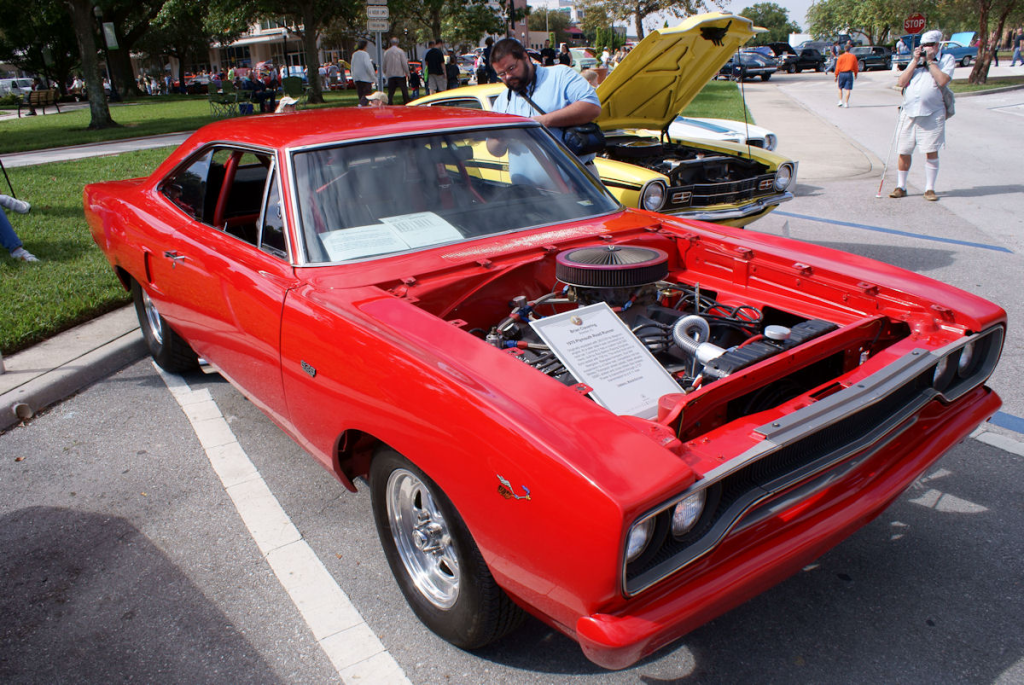
7. Plymouth Road Runner HEMI: Budget Fury
The Plymouth Road Runner was designed to be an economical muscle car, but with the 426 HEMI V8 optional, it was a street fighter. The HEMI model in 1971 had 425 horsepower, tying the ‘Cuda and Challenger R/T, and could outrun most of its more expensive rivals.
Its popularity was that it delivered high performance for less money, and thus it was extremely popular among younger purchasers and, from the time recollections, even moonshiners. With insurance and gas prices increasing, HEMI Road Runners were produced in small quantities, again making them sought-after among collectors now.
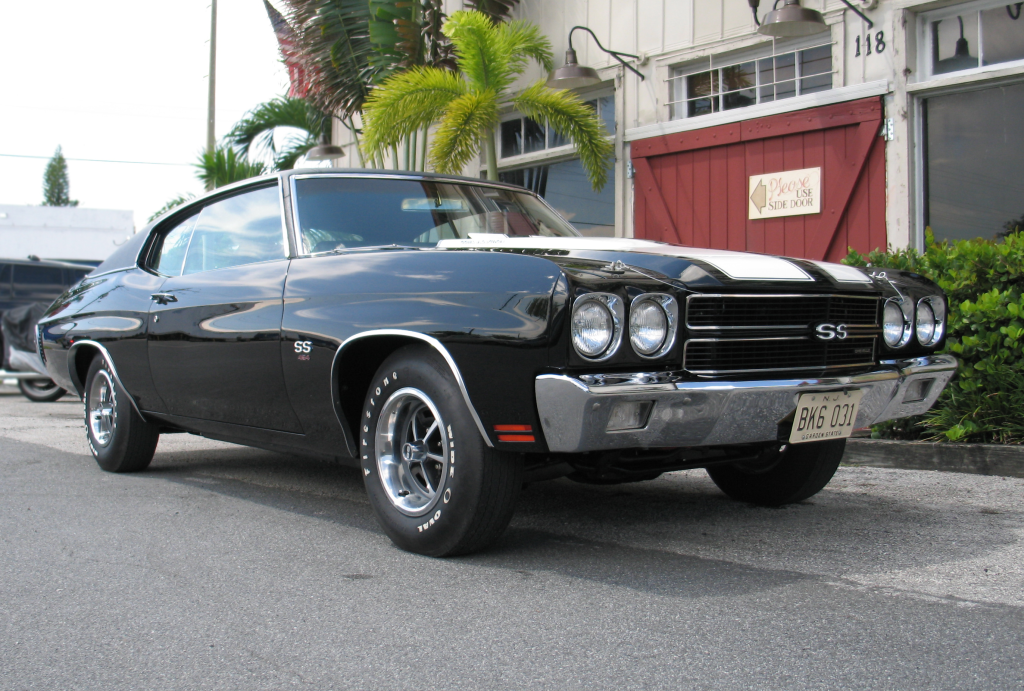
Early 1970s were the final unadulterated expression of Detroit muscle fantasy cars. These vehicles, ranging from economy-minded GT-37 to flashpoint LS6 Chevelle, represented an era when times for horsepower were best and engineering teams stretched street boundaries as far as they could go. Rarity, performance credentials, and timing in culture guarantee that these vehicles are more than relics that they are lasting symbols of American automotive hubris.
